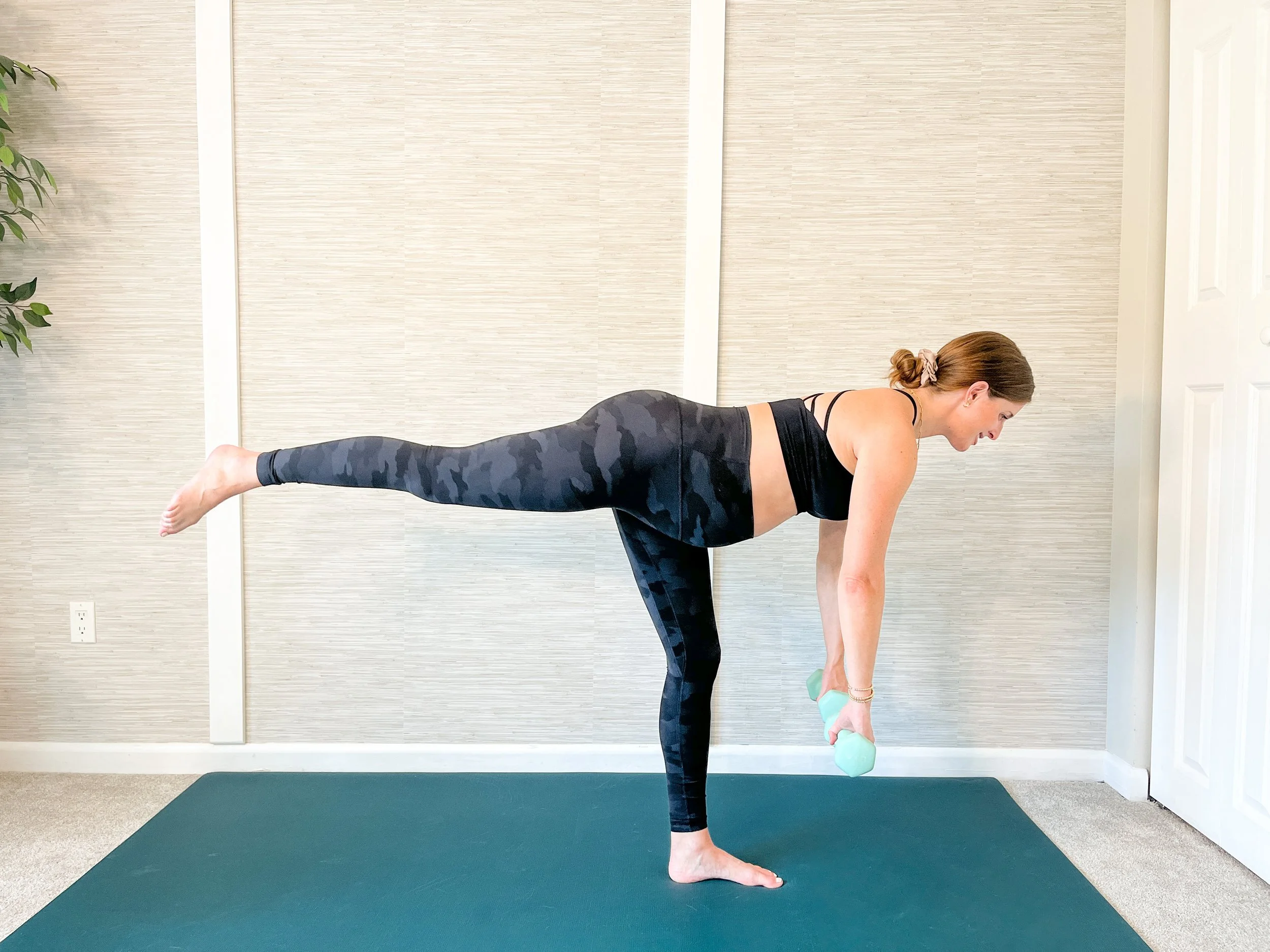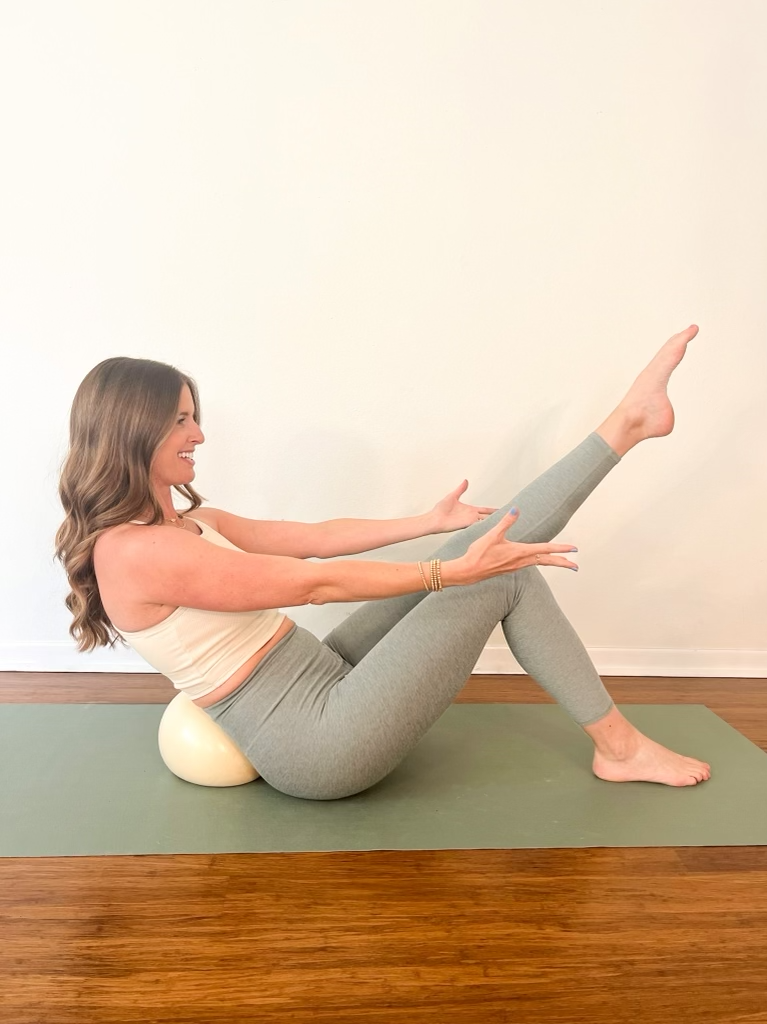Twisting in pregnancy: Is it safe?
Did you know that by 35 weeks of gestation, 100% of pregnant women will experience some degree of diastasis recti? This separation of the abdominal muscles is a natural process necessary to accommodate your growing baby. While you can't prevent diastasis recti entirely, you can take steps to manage intra-abdominal pressure to support postpartum recovery.
Pelvic floor pregnancy exercises
The pelvic floor must support the increased weight of the baby while still allowing for daily movements without strain or leakage. Therefore, incorporating lengthening exercises alongside strengthening moves is essential for maintaining proper pelvic floor function throughout pregnancy and preparing for birth.
Why you should train Abs During Pregnancy
Why you should train abs in pregnancy? Maintaining core strength during pregnancy is vital for supporting your body through the changes of pregnancy and preparing for childbirth.
Navigating Postpartum Fitness: Where to Start After the First 6 Weeks
It's tempting to want to jump back into your old workout routine, but here's why that doesn’t always work. Pregnancy and childbirth have affected your postural alignment, joint flexibility, muscle balance, connective tissue, and hormonal balance. Rushing into intense workouts without rebuilding a strong foundation can increase the risk of injury and hinder your recovery progress.
Avoid These 4 Things During Pregnancy to Support Your Pelvic Floor for Birth
4 things every pregnant mama should AVOID to prepare pelvic floor for birth!
Mastering Postpartum Posture: Essential Alignment and Breathwork for Core Reconnection
Perfect posture isn't about pulling your shoulders down and back—it's about finding a balanced alignment that supports your body's needs and allows for easy movement.
Understanding Mom-Bum: What Causes Changes in Your Backside During Pregnancy?
One of the primary reasons for changes in your backside during pregnancy is pelvic tilt. As your pregnant belly grows and your core muscles weaken, your pelvis naturally shifts to find stability. Some women experience a posterior tilt, where they constantly squeeze their glutes, leading to tightness and potential weakness. Others may have an anterior tilt, where the weight of the belly pulls their pelvis forward, lengthening the glutes and making them harder to activate.
Your pelvic floor doesn’t push your baby out…
Your pelvic floor doesn’t push the baby out, it needs to lengthen to get out of the way for a smoother labor and delivery!🤰
Rebuilding Core Strength After Pregnancy: Beyond Crunches
At my 6-week postpartum appointment, when the midwife mentioned I was cleared for "crunchies," I couldn't help but feel that such guidance was somewhat vague, especially considering all that our bodies have just been through.









